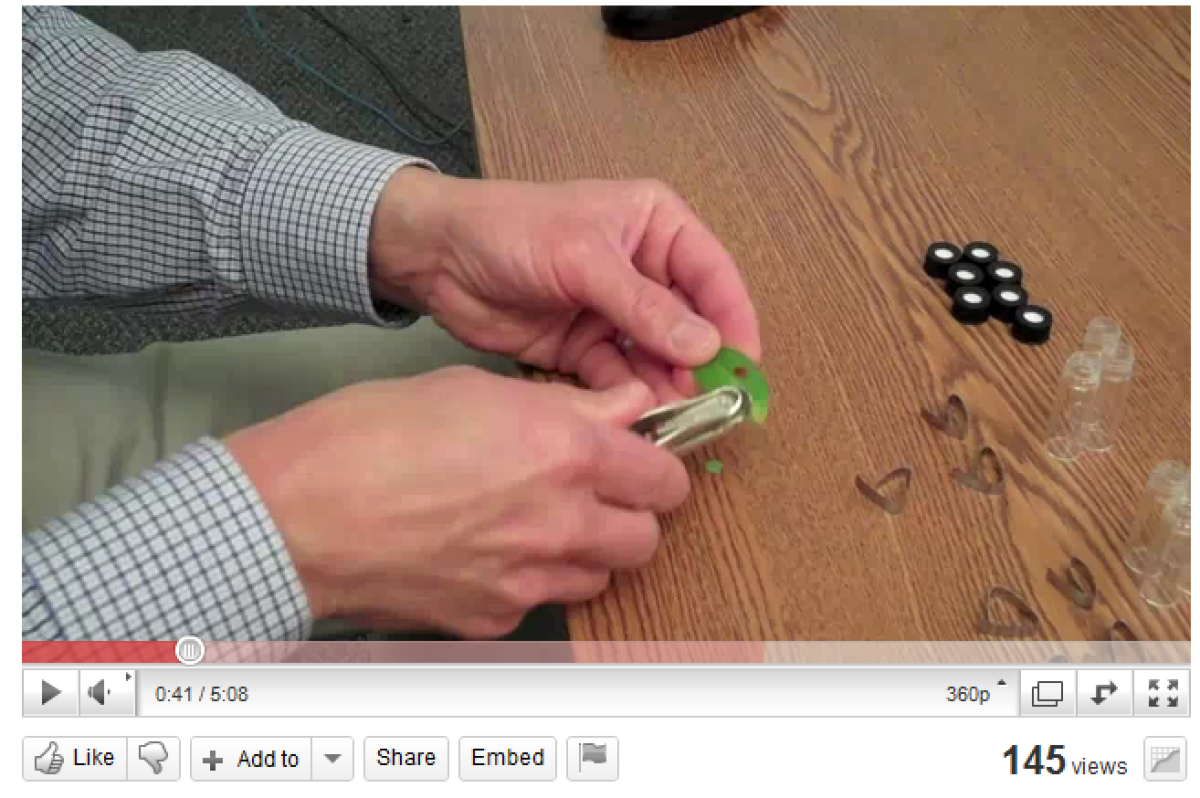At Picarro, we not only like to make great instruments but we also like to deliver real-world solutions to difficult problems facing scientists. Extracting water samples for isotopic analysis from plant leafs, stems, soils, small organisms and other small samples has been a difficult problem. Legacy technology required massive cryogenic distillation systems that occupy an entire lab bench, require a highly-skilled technician to process a sample, and also required a large sample volume to distill down. Oh, and the process took 90 minutes or more. Then the sample had to be fed into an equally complicated Isotope Ratio Mass Spectrometry system, again requiring a skilled technician.
To address this issue, we have introduced a brand new tool - the Induction Module - CRDS system. This system unifies the two halves of solid sample analysis (cryogenic distillation, IRMS) into a single process that can generate great data in less than five minutes with a sample prep time of only 10 seconds. The Induction Module is a simple, shoe box-sized device that connects via a standard Swagelok fitter to Picarro’s L2120-i water isotope analyzers. It uses induction heating to quickly heat samples and vaporize all water in those samples. The vapor is then automatically pushed into the Picarro analyzer for isotope analysis. The system can potentially handle more than 250 samples per day, as compared to 30-90 samples for a cryogenic distillation set up. The IM-CRDS system occupies about as much space as a large desktop computer and is entirely portable and field deployable. Here's a video from Gregor Hsiao, Picarro's product marketing manager for water isotope analyzers and the applications engineer who actually conceived this elegant solution. He explains the product and how it works in great detail and he'll have some upcoming blog posts and new applications information.
